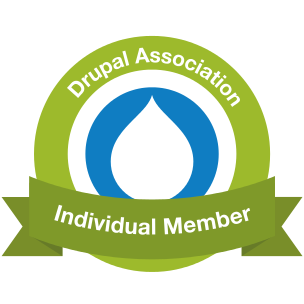What is Entity?
* Entity provide unified way to work with different data units in Drupal.
* Entity is an instance of an entity type defined in Drupal.
* Drupal 7 is all about entities. They are everywhere nodes, users, comments, taxonomy terms.
* Drupal 6 field system was only used on content types. but now, field-able entities makes Drupal more flexible.
* Drupal 8 provides two entity types: 1) Configuration entity 2) Content entity
Entity Types >> Bundles >> Fields >> Entities


Recent comments
$host =…